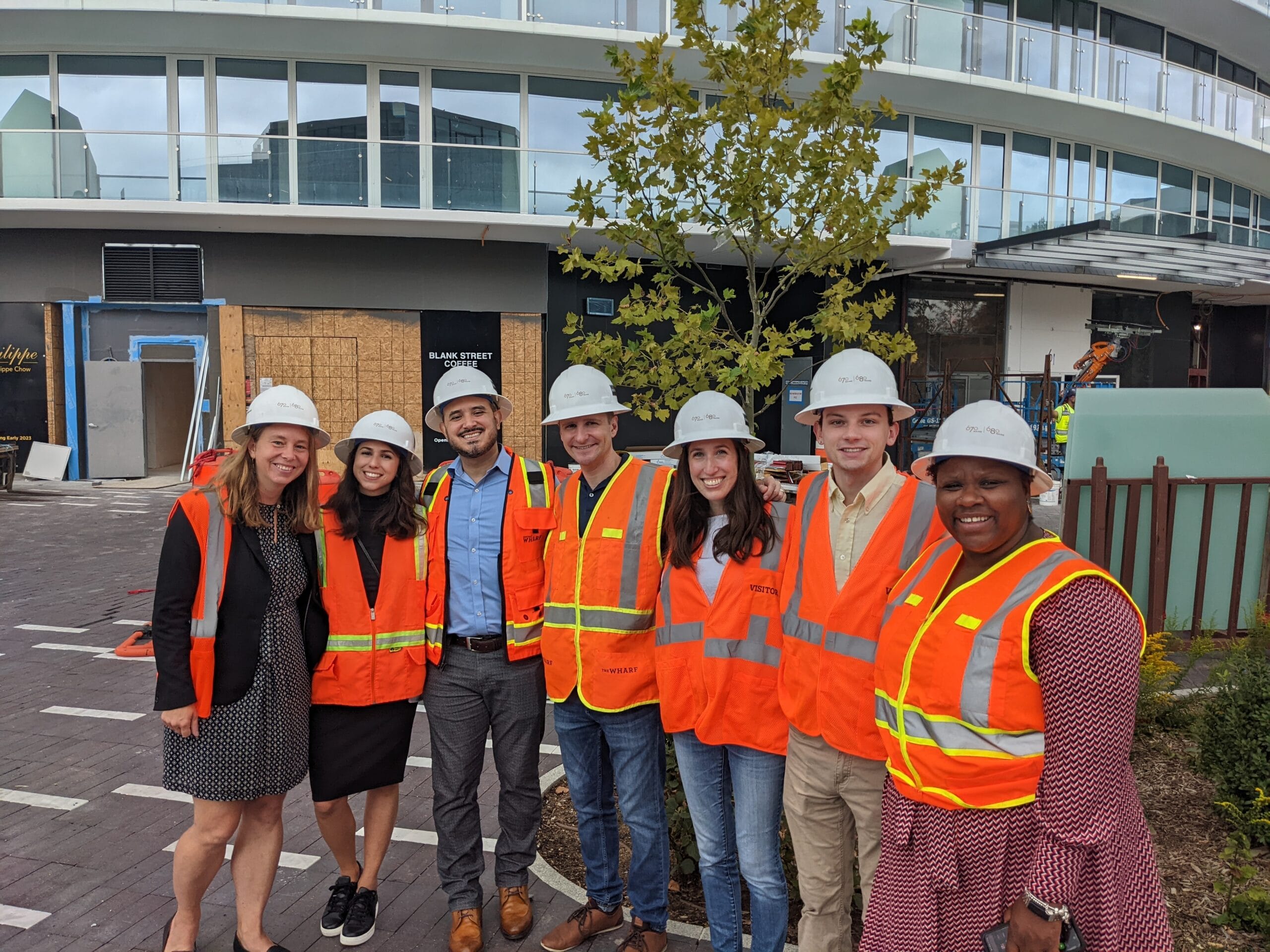
Services
Workshops and Technical Assistance
Smart Growth America’s technical assistance programs work alongside and within communities of all sizes and organizations to build support for policies and practices that will lead to healthy, prosperous, and resilient places.
Improve Your Community
Across the land use and transportation sectors, our work includes community engagement and education, culture building, and using analysis to demonstrate the benefits of smart growth development.
Goal
Promote diverse, mixed-use communities with housing and mobility options while overcoming zoning restrictions to enable equitable development.
Format
- Review of existing codes
- Updates to zoning ordinances and draft provisions
- Training on zoning reform and updating processes
- Support community groups for zoning reform and equitable development
- Support communities and organizations for climate-resilient housing, zoning, planning, and infrastructure
Explore More About Land Use and Zoning Reform
Smart Growth America's Center for Zoning Solutions is our home for the zoning reform movement. We share research and reports, lead federal advocacy efforts, and support communities across the country to tackle barriers to smart growth and advance policies to encourage mixed-use development, location efficiency, and diverse housing options.


© 2025 Smart Growth America. All rights reserved
Site By3Lane Marketing






